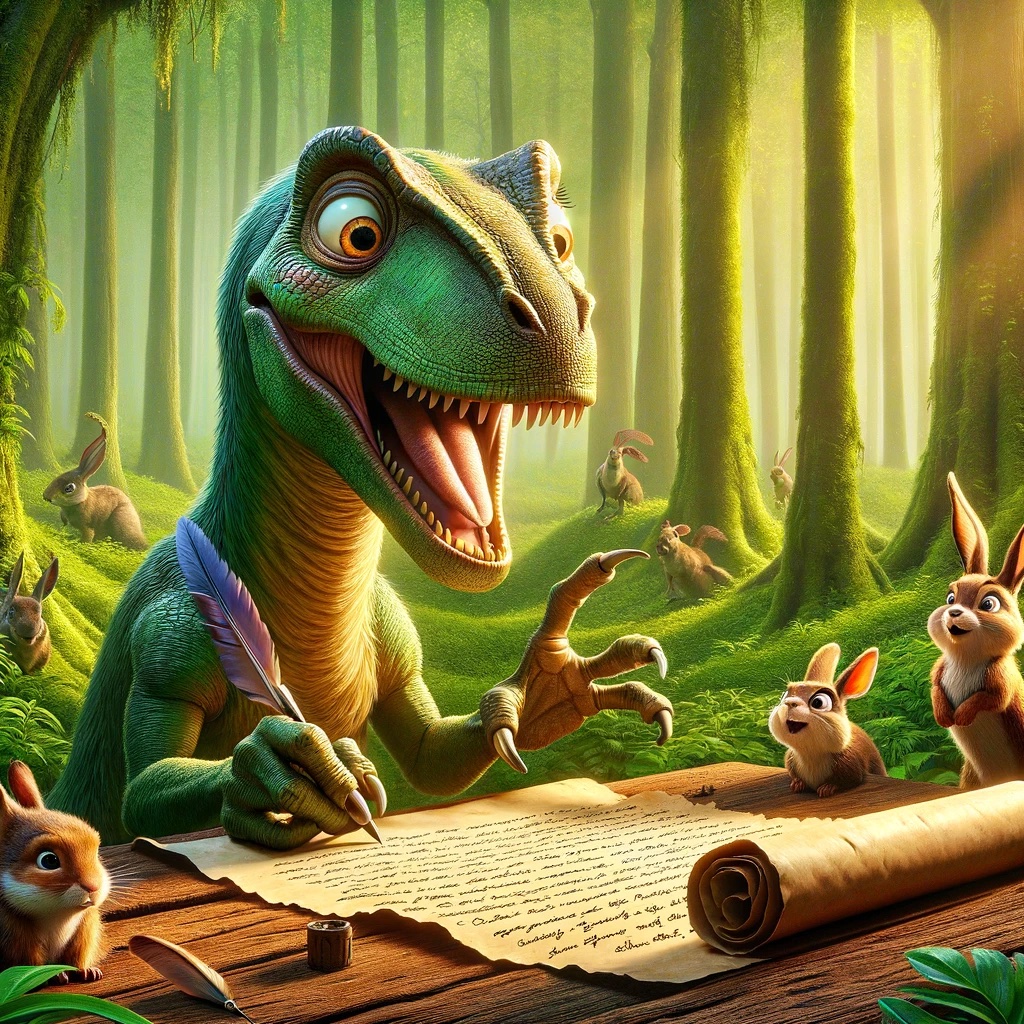Now that you have your anthology theme figured out, the next thing that you need to decide on is the content guidelines.

What are Content Guidelines?
You need to give the authors a clear picture about the kind of content you desire to have in your anthology. The guidelines that you want to address can cover everything from the language to the genre of the stories that will be included in your project.
Obviously the language is an easy guideline that usually goes without saying. If your book title and description are in English then it’s safe to assume that you want the stories to also be in English. Most anthologies stick to one language, so if you don’t want to specify this then you can skip it. As long as you are going with the obvious language of choice.
Then you need to decide on the “rating” of your anthology. Most of us are all familiar with the MPAA ratings given to movies, so that can make a quick and easy way to let the authors know the type of content you want the stories to stick to. Do you want a G rating? Or perhaps PG-13 or even R rated. Using this terminology makes it easy to give the authors an idea of the type of content that you will allow in a glance.
Then get specific. Don’t just say “PG-13”, give specifics of what you will and will not allow, because while we based our rating on the MPAA guidelines, neither us nor the authors are likely to read the exact specifications for those guidelines, and even if we did, it may not match the content that we want completely. For instance, the PG-13 rating allows for drug use, but maybe you want nothing to do with that in your project. So start with the rating for a high level baseline and then get specific.
Finally, you will want to consider the genre. Is your anthology limited to only specific genres? Or are you open to anything except for a few genres? Make sure to specify those.
For all three of the Midnight Writers anthologies the guidelines we used were along the lines of: “We want this to be a family friendly anthology, so please keep the content to PG-13 with minimal cursing and absolutely no uses of the “s” or “f” word. Romance is allowed but nothing sexually explicit. Please keep gore to a minimum.”
Who is your Audience?
Your content guidelines will be greatly influenced by knowing who your target audience is. Even if the theme is the same, like Horseback Riding, you will get vastly different stories if your audience is middle school girls compared to an audience of the military veterans.
So know who your audience is and what kinds of content they will enjoy reading about, and what content they would want nothing to do with.
Do another brainstorming session to address all of the things mentioned in this post, and then spend some time refining the guidelines.
Am I Cramping the Authors Style?
Some publishers are likely concerned with trying to allow the author to be as free as possible with what they want to write, so they want as few content guidelines as possible. However, don’t forget that this is your anthology, and you have a specific audience in mind to be your readers. An author is not entitled to have their own story with their own style included in your project..
If an author really wants to take part in the anthology, they can adapt their writing to meet the guidelines. Or, if they don’t want to adapt their writing style for your anthology, they can find another publication that is more in line with their writing style. There are lots of anthologies that are looking for stories like they want to write, and there are plenty of authors looking for anthologies just like yours that would be proud to be included in.
Be Prepared to Hold the Line
I don’t know why, but there are authors out there who seem to be incapable of reading and following content guidelines. No matter what you say that you don’t want in your anthology, they will submit something anyway. Maybe they are hoping that you are going to be so impressed with their story that you won’t mind reading the sexually explicit awkward scene they started the story with. Or maybe they just don’t care and they will submit their story without any regard for what guidelines you want to allow in your anthology.
If they don’t meet the guidelines, then reject these stories. Send the author a message letting them know why, and then move on.

There may be some stories that are just a little bit outside of your comfort zone. Maybe your guidelines were not as clear as you thought they were, or the author went right up to the line and then reached a toe across it. If you really like the story, then reject it still, but let the author know that other than the noted areas you really enjoyed their story, and welcome them to submit the story again if they make changes to those areas.
But either way, hold the line. Don’t let content into your anthology that you are not comfortable with, or that goes against the clear guidelines that you put out there.
There is one huge added benefit to rejecting stories for content guideline violations. If you happen to be one of those projects that gets an overwhelming number of submissions, then rejecting stories that fail to meet the content guidelines is an easy way to reduce the number of stories that you have to read all the way through.
If an author can’t respect your time and publication enough to make sure that their story matches what you are looking for, then they are likely not worth the hassle that it will be to work with them through the editing process to including in your anthology. Focus on the authors that can write amazing stories and can read and follow guidelines.
That’s all I have for this week. Did I miss anything that you think is important for this subject? Leave it in a comment below!
Make sure to sign up for the newsletter so you do not miss the next article in this series which will cover how to manage the slush pile.
Jon is a published author under the name J.L. Zenor, an anthology editor with the Midnight Writers Society, and a long time software developer.